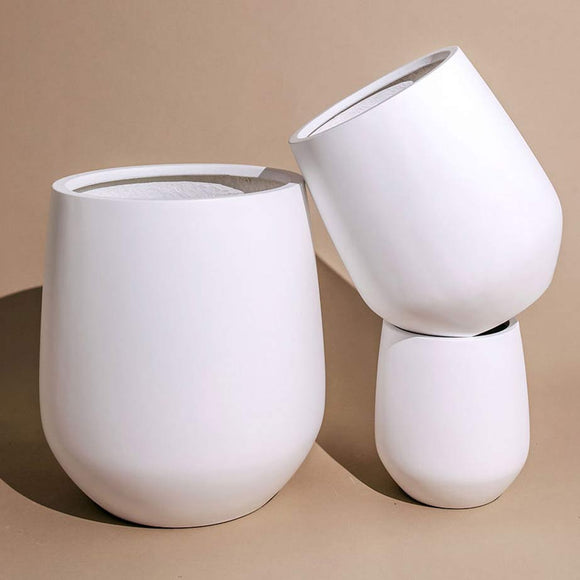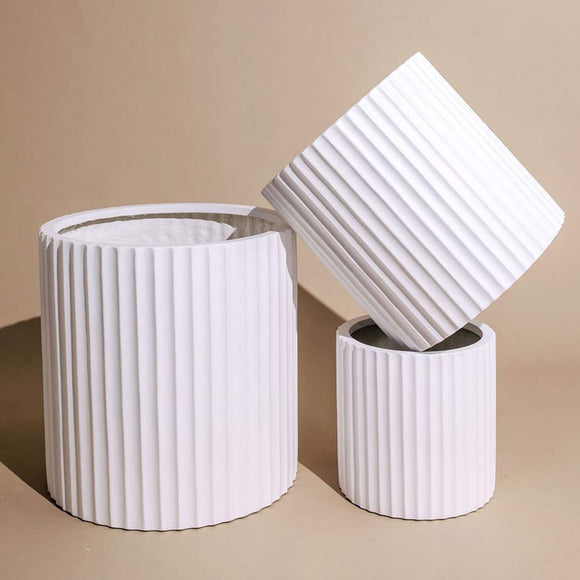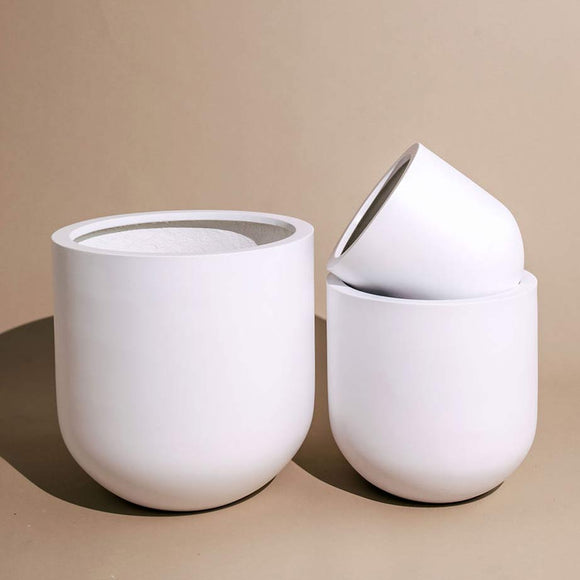The History of House Plants
While Instagram may try its hardest to convince you that the #houseplantgang is a new trend for the cool kids of social media (e.g. @potsbyslugg), house plants have been around for a loonnnng time.
In the 17th century, indoor plants were just as much a stylish feature as they were a mask to noxious smells… Citrus Trees were a status symbol among the wealthiest and greenhouses and orangeries built to protect the fruit trees during winter.
The 18th century saw the rise of decorative pots to display plants indoors. Josiah Wedgwood was one of the first English potters to make versions of the French cache-pot, which literally means a pot in which to hide another. Clever guy was definitely thinking about drainage for his plants when designing these pots!
It was also during this time that Cabinet makers produced tiered staging and stands to display plant collections. These were often arranged asymmetrically and placed next to French windows to maximise their exposure to light. Wire and iron plant stands were made in a range of styles, usually with practical, removable metal trays.
The desire for houseplants reached new heights in the 19th century as increasing numbers of tropical and sub-tropical plants were brought back from across the globe. The Aspidistra, commonly known as the Cast-Iron Plant’, was named due to being able to survive the darkest, most fume-polluted Victorian homes.
By the mid-19th century, the nursery trade was booming and public botanical gardens, such as Kew’s Palm House, which opened in 1840, became a source of inspiration. Gardening books and magazines flourished alongside home decoration advice manuals, where houseplants increasingly played a role in interior design.
Fever hit Britain and much of the English speaking world during the 1850s. Fern fever that is! Naturalist and author Charles Kingsley even coined a name for it in 1855 - ‘Pteridomania’. Fern hunting became an engrossing hobby and ferneries were popping up everywhere. The limited number of native ferns led to sponsored plant hunting expeditions across the world. There was such a huge demand that a black market in fern collecting flourished. Who knew there was such a thing?? Just like orangeries in the 17th century, ferneries became the latest horticultural fashion among the wealthy. For those without the income or space for a fernery, ornamental Wardian cases were perfect for displaying ferns indoors.
The start of the 20th century saw a shift away from lush plants with a preference for more architectural shaped plants like cacti and succulents. Thankfully this didn’t last long with the 1950s seeing the revival of statement houseplants. With the popularity of Scandinavian design and a rise in apartment living, it was time to bring your garden inside.
Just like design of every form, plant popularity has seen many changes over the years. Every stylish home in the 70s was home to a fern or two, most likely hanging in macrame. Flash forward to 2015 and you would struggle to open a magazine without seeing a Fiddle Leaf Fig in the latest home spread. In 2022, it’s all about #MonsteraMonday!
















